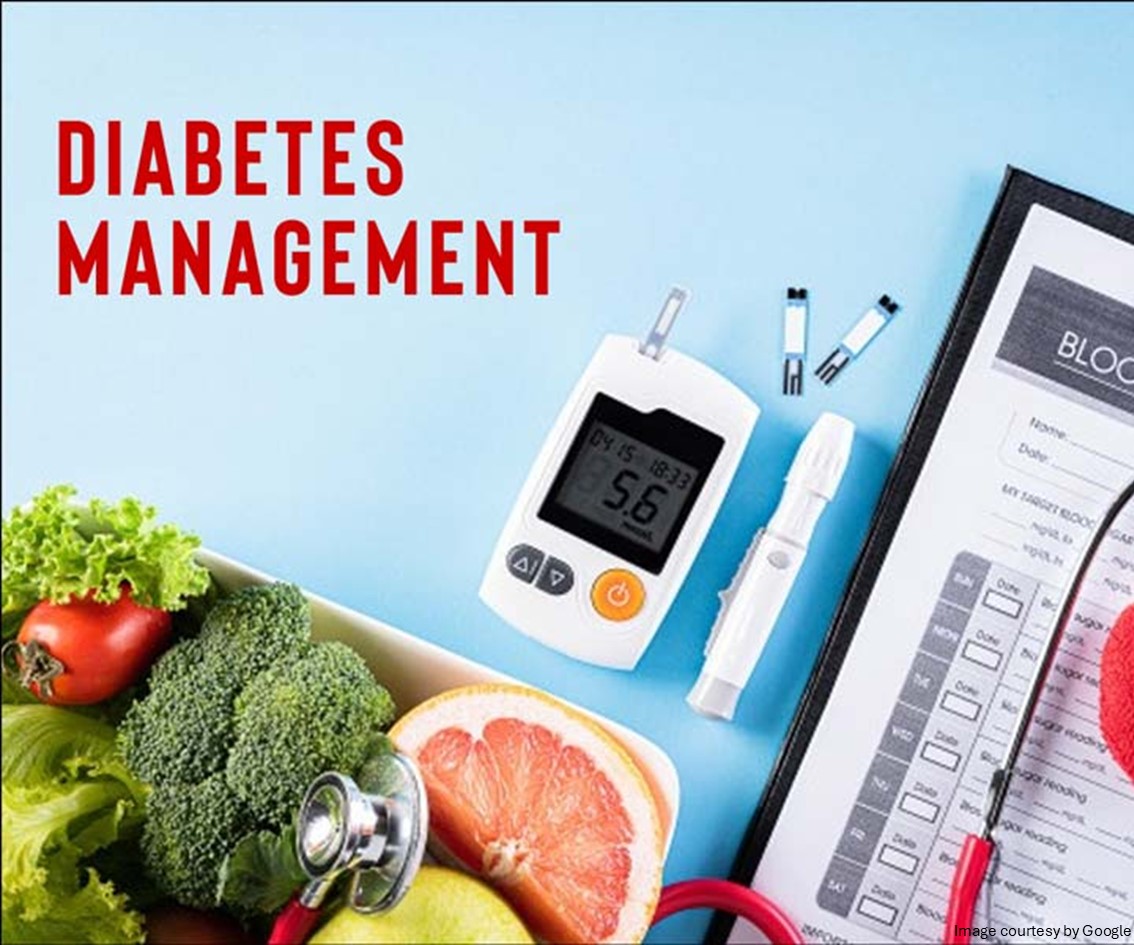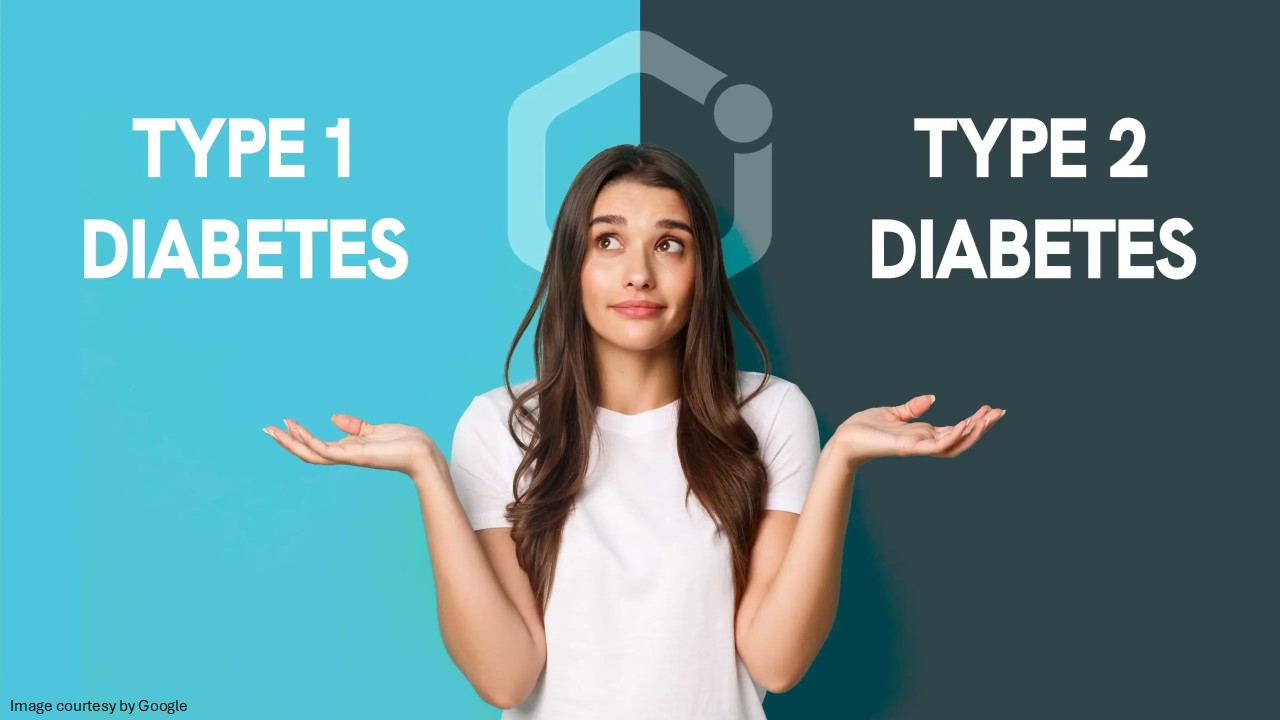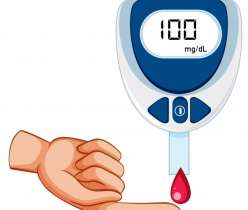Diabetes is an autoimmune disease considered the 3rd largest illness category in the world. It is a chronic health condition, and its treatment varies from patient to patient depending on the type of diabetes they are suffering from.
This blog highlights the rough count of diabetes patients, key differences between type 1 and type 2 diabetes, including the prevalence of each, symptoms, diagnosis methods, and available treatments.
How many people have type 1 vs type 2 diabetes?
Type 2 diabetes has the majority of cases in the world compared to type 1 diabetes. Per the CDC report, 537 million adults have diabetes, and the majority have type 2.
In the US, type 2 diabetes accounts for approximately 90-95% (about 1 in every 10) while type 1 accounts for 5 to 10%. While specific numbers fluctuate, about 38 million Americans have diabetes (type 1 and type 2)
What is type 1 and type 2 diabetes?
Type 1 diabetes
Type 1 diabetes, also known as insulin-dependent diabetes, is an autoimmune disease where the immune system attacks the cells that produce insulin.
Type 2 diabetes
Type 2 diabetes refers to a metabolic disorder related to insulin resistance, and this diabetes is often linked to lifestyle.
Untreated diabetes severely affects overall health; it is a life-threatening disease in the absence of proper treatment and management.
The following chart helps identify the key difference between type 1 diabetes vs type 2:
| Characterstics | Type 1 Diabetes | Type 2 Diabetes |
| Cause | Primary causes of type 1 diabetes include an autoimmune reaction of insulin-producing beta cells in the pancreas. | The body becomes resistant to insulin and/or does not produce sufficient insulin. |
| Age of onset | It often begins in childhood or adolescence. | It usually develops in people over 40, but is increasingly seen in younger people in recent years. |
| Insulin production | Little to no | Though it is produced, but not used effectively |
| Onset of symptoms | Sudden | Gradual |
| Common symptoms | Increased thirst, frequent urination, weight loss, fatigue | Similar symptoms, but they may go unnoticed for years |
| Body weight | Often normal or underweight | Often overweight or obese |
| Treatment | Insulin therapy is essential | Lifestyle changes, oral medications, and possibly insulin |
| Can it be prevented? | No | Often preventable or delayed with a healthy lifestyle |
| Genetic factors | Some genetic predisposition | Stronger genetic link than type 1 |
| Risk factors | Family history, possibly viral triggers | Obesity, poor diet, lack of exercise, age, ethnicity, and family history |
How to diagnose type 1 diabetes vs type 2?
A clinic or a hospital visit is necessary to identify which type of diabetes you may suffer from. Doctors usually perform or prescribe clinical processes such as blood tests and autoantibody testing. Type 1 vs type 2 diabetes symptoms differ significantly.
Type 1 diabetes often has a rapid onset, especially in younger individuals, with common symptoms of sudden weight loss or increased urination. Type 2 diabetes develops gradually in adults with mild or no symptoms. It raises the risk of obesity, severe drowsiness accompanied by dizziness and bodyache.

Diabetes medicine and treatment
The type of treatment and medication varies according to the severity of the disease. Type 1 vs type 2 diabetes requires different medical attention and treatment approaches. Type 1 diabetes requires lifelong insulin therapy (including rapid-acting, intermediate-acting, short-acting, and long-acting, based on severity) in most cases, along with certain medications in some individuals. Whereas type 2 diabetes is manageable with diabetes medicines (more commonly metformin, DPP4 and SGLT2 inhibitors, Sulfonylureas, GLP-1 receptor agonists) and lifestyle changes (such as exercise, diet, and weight management). At times, it may require insulin for severe cases when medicines are insufficient.
Pancreatic islet cellular therapy (or islet transplantation) is a recent advancement for adults with type 1 diabetes and some cases of type 2 as well. This process involves transplantation of insulin-producing islet cells from a donor pancreas into a patient/recipient. This translation aims to restore natural insulin production and improve blood glucose control. Although this process has shown success, its availability is limited due to the availability of donors.
Natural remedies
Several natural remedies can help overcome type 2 diabetes, but for type 1, there is no profound way except insulin therapy. Studies are going on to determine if certain herbal plants are beneficial for managing type 1 diabetes, but no specific conclusions have been drawn so far. Dietary changes, lifestyle changes, regular exercise, and some herbal treatments can help manage type 2 diabetes.
Final thought
Willpower plays a crucial role in managing any disease you may be suffering from. Type 1 vs Type 2 diabetes are somewhat different from each other and require different treatment approaches to manage them. In both cases, consulting a doctor is advisable for proper screening, medicine administration, and treatment duration. Leading a better life with diabetes involves adopting a healthy lifestyle, quitting smoking, limiting alcohol, engaging in regular exercise, maintaining a balanced diet, and closely monitoring your blood sugar levels.



